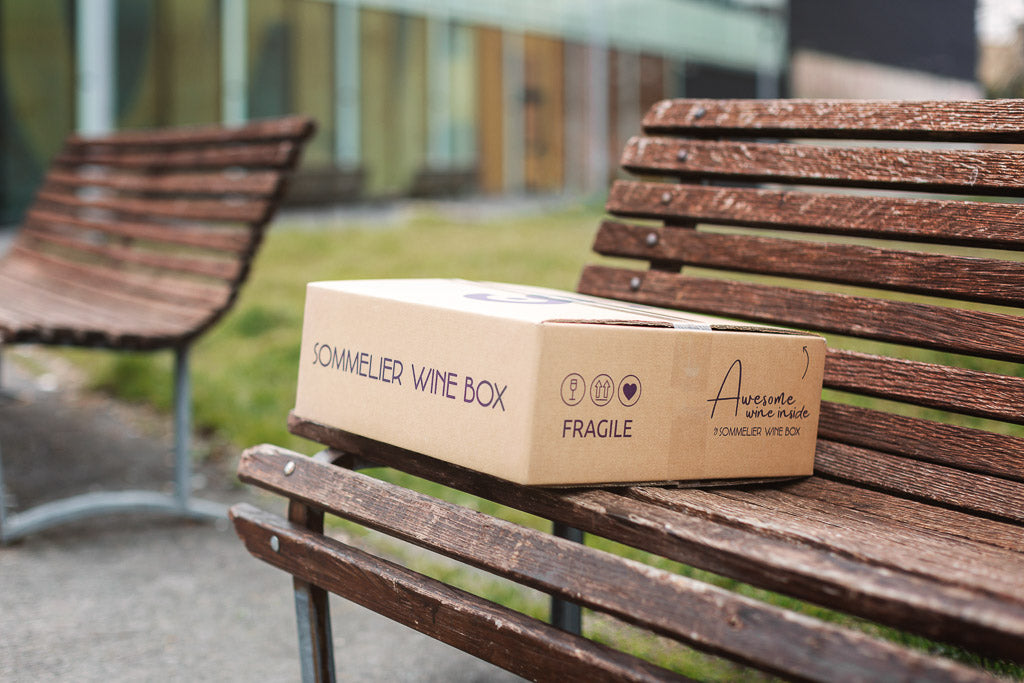The color of the wine is the starting point of the sommelier's analysis and is often the first aspect that wins over the taster. At the same time, it is what is willingly overlooked by passionate people, driven more towards aromas and tasting on the palate. Instead, color reveals a lot about the history of wine: from how it was made to how much life it has ahead of it.
In the book on the colors of wine that the legendary Luigi Veronelli never managed to publish, the colors of the wine ranged from "water white" to "cardinal red". And between these extremes, infinite colors multiplied by infinite nuances and shadows are identifiable. This is because the stories that the different wines have to tell are uniquely different. And from the color of the wine you can understand a lot of its history.
Sight is one of the most dominant senses in mankind but in wine it risks being the most neglected aspect. Let's see how it can help us understand the wine in our glass: from the grape variety of origin to its refinement.
Wine: visual analysis
When analyzing a wine, sommeliers start from color, because they are able to say a lot about the history of the wine in front of them.
For practicality, the discipline agrees on some categories of colors applied to wine, which we outline here by points, together with the information that those colors provide.
What the colors of wine reveal
WHITE WINES
- Greenish yellow (i.e. a pale yellow with green shades ): indicates very young, light and fresh whites . The greenish reflections are due to chlorophyll residues and indicate a slightly early harvest of the grapes .
- Straw yellow (a color that recalls that of straw ): indicates young wines , generally balanced in the softness/hardness ratio ; it is the most common color among white people.
- Golden yellow (i.e. a yellow so intense that it recalls gold ): indicates an evolved white , generally more unbalanced in softness than in hardness; the grapes were probably harvested ripe or overripe . Be careful, because if a golden yellow wine lacks liveliness, that is, it is dull, it could be in a too advanced stage of evolution.
- Orange yellow (i.e. a golden orange ): it is typical of wines obtained from white grapes vinified in red (with maceration on the skins); because of the color, they are called orange wines .
- Amber yellow (a color similar to that of stone, in fact, or if we want tanned skin ): suggests that the wine will be much more unbalanced on softness than on hardness ; it is the characteristic color of most dessert wines and vin santo. If dark and dull, tending towards brown, it can indicate a "past" wine .
- Read also: what is winemaking
ROSE WINES
- Pale pink (imagine the petals of peach blossoms or roses of the same color): they are usually pink wines obtained with black grapes subjected to short maceration with the skins . If there are purple hues the wine is young .
- Cherry pink (a more intense pink than pale, imagine a just ripe cherry ): usually indicates that the wine is made with a slightly longer maceration on the skins .
- Onion peel (i.e. pink with coppery reflections ): it indicates wines obtained through the vinification of grapes with delicate coloring matter , such as pinot grigio.
- Chiaretto pink (the name can be misleading but indicates a color that is close to red ): these are wines made with very intensive maceration on the skins .
Do you want to give a special gift? Donate our personalized wine selections based on the tastes of the recipient.
DISCOVER THEM HERE
RED WINES
- Purple red ( red tending towards purple and fuchsia pink ): it is found in very young wines , which when tasted will tend towards hardness .
- Ruby red ( dark red which recalls the stone of the same name): the most common red colour, indicates a wine in an excellent state of preservation and health, balanced between hardness and softness .
- Garnet red (between blood red and pomegranate ): it is found in the more advanced reds , generally slightly more tending towards softness than hardness .
- Orange red (i.e. a brick red ): indicates wines that have undergone long aging ; if the color is dull or is found in young wines it is a negative sign because it indicates too early evolution or oxidation.




